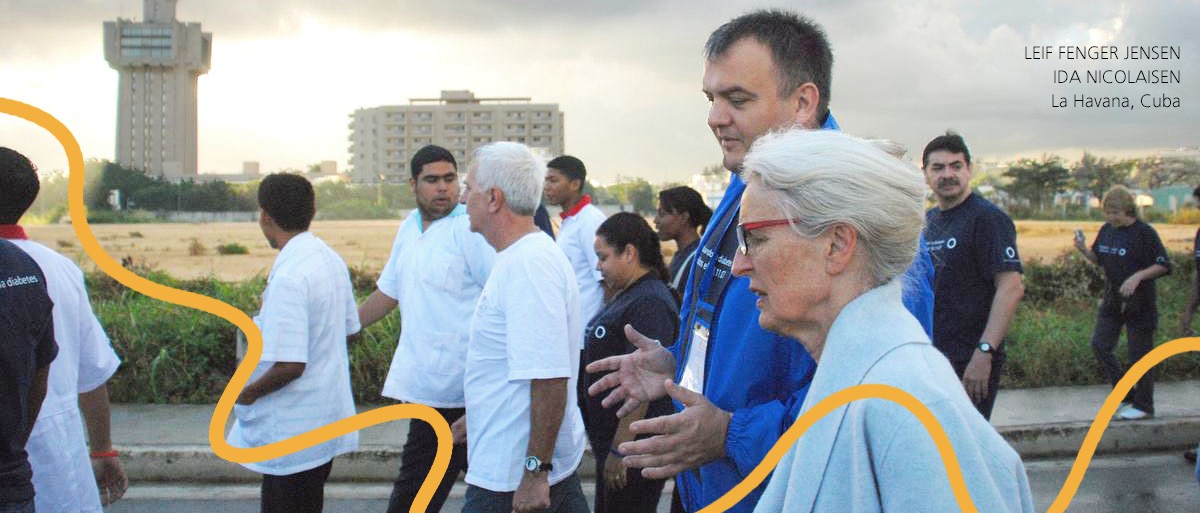Nanja, who works to implement environmental strategy across Novo Nordisk and ensure different parts of the organization live up to set targets, sees digital health as a potential threat to the environment. “From our side we hear, ‘we need more digitally connected devices’ we think ‘yeah, but we have to remember to think about the environment when we do that.’”
Nanja explains, having mapped the environmental impact of Novo Nordisk products, they can see electronics have a huge imprint. “ It’s about the resources that we use, the metals and maybe even in some cases scares resources,” she explains. Further, it’s a problem when it becomes waste.
That said, Nanja can certainly see the benefits in digital health, she explains. “We have to go there. Our job is not to stop the development, but to make sure it’s done in the best possible way.” She acknowledges that there are huge cost and patient benefits, but urges that we be pragmatic, “We just have to make sure we don’t forget the environment.”
For Novo Nordisk, a triple bottom line (TBL) company—meaning they pursue the interconnected goals of economic, social and environmental progress—the environment has not always been second nature, at least not from a lifecycle perspective, explains Nanja. It’s taken time to expand conceptions of sustainability from that of improving production processes to understanding sustainability from a lifecycle point of view i.e. going back into raw materials, the transport to Novo Nordisk sites, distribution and finally, what happens when it becomes waste in the end.
When Nanja took the job at Novo Nordisk, she explains, the goal of sustainability was “anchored high enough in the organization for me to believe that this is something that we would do.” She recounts that it was immediately clear she would not just be sitting in a sustainability department pushing an agenda, but that sustainability was something the organization, as a whole, genuinely strived for and took seriously. “The story of the company is great, she notes, but that was not really what drove me.” What really got her, she says, was the potential to move the organization and executive management’s genuine support, something she explains she only feels surer about with time.
That said, “You can certainly see different levels of maturity with regard to the environment,” explains Nanja. “When we go out into the organization, people are interested. Then, at some point, when the decisions are taken, sometimes the environment is just not important in that decision and our task is to push it a bit.” Nanja’s goal is to be there at these critical decision making points with digestible data, presented in an easy way that can be put right next to cost data. One of Nanja’s favourite parts of the job, she says, is when she can make people say, “Ah, I didn’t know that!” She likes to help people see where they can do something and how they should prioritize, or as she says, help them “translate numbers into actions.”
Overall, Nanja is adamant the TBL mind-set truly is a part of the DNA at Novo Nordisk. “We’ve had some great leaders that have said, ‘this is how we do business’ and it has just survived from manager to manager, CEO to CEO,” she explains.
Nanja hopes that Novo Nordisk can retain this TBL mind-set when it comes to digitalization. Digital health, she explains, offers great promise in terms of sustainability. Better, more targeted therapies, she points out, could potentially mean less frequent visits to the hospital and thereby less environmental impact from hospitals. Perhaps this would balance out the environmental impact of the treatment itself. So while Nanja remains optimistic about developments within digital health, she has this to say: “ We need to include environmental considerations early in the product development phases and design the products with the environment in mind.”


